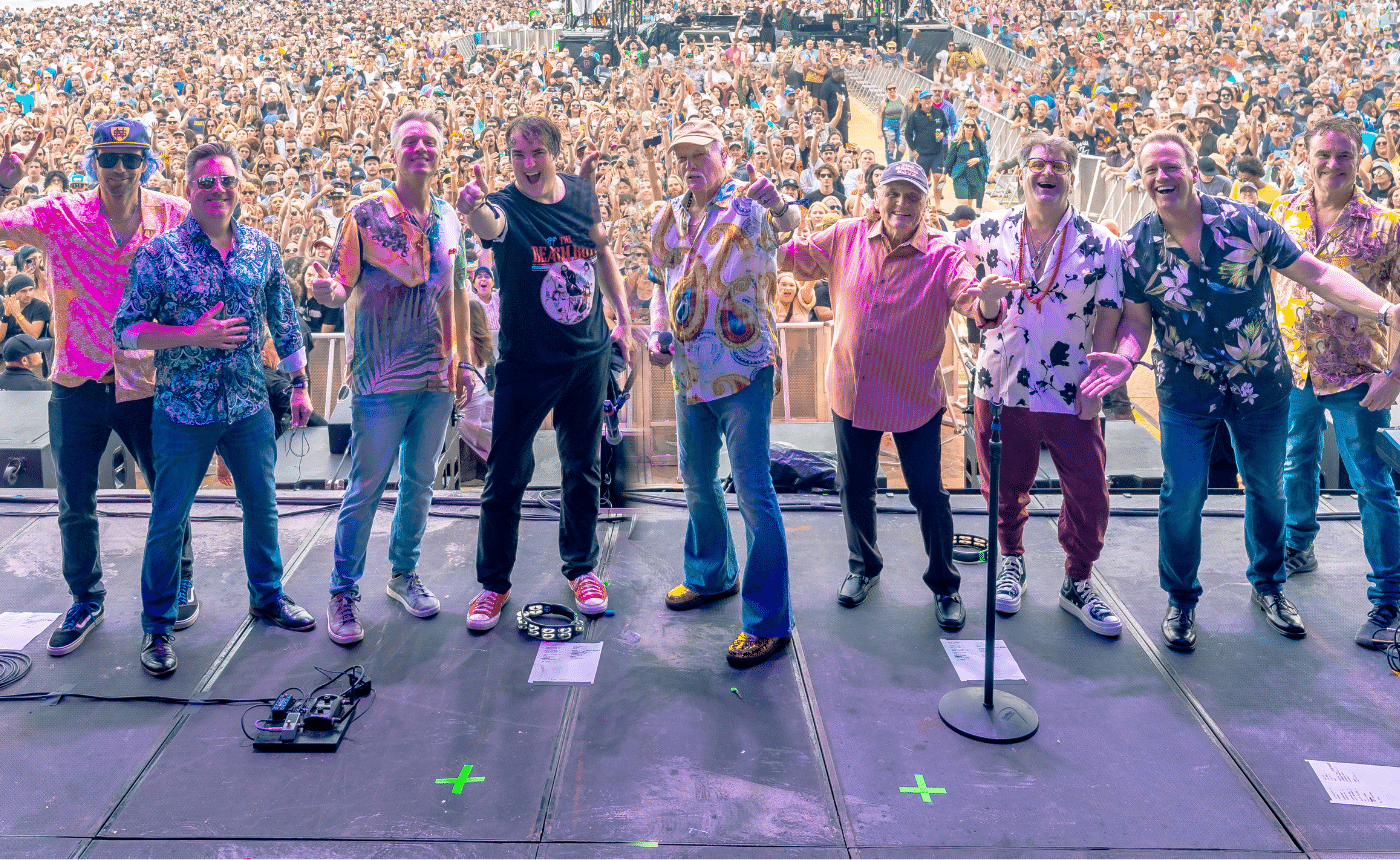Beethoven – Piano Concerto No. 1 in C Major for Piano and Orchestra Opus 15
Ludwig van Beethoven (1770 – 1827): Concerto No. 1 in C Major for Piano and Orchestra, Opus 15
Instrumentation: flute, 2 oboes, 2 clarinets, 2 bassoons; 2 horns, 2 trumpets; timpani; strings
Performance time: 37 minutes
Background
Even with a scorecard, the chronology of Beethoven’s compositions is difficult to follow. With the piano concertos, as with the romances for violin, he wrote No. 2 earlier than No. 1. Not even the opus numbers clarify their sequence. Music historians tell us that Beethoven was sketching musical ideas for his concertos as a teenager living in the German city of Bonn, which would later serve as the capitol of West Germany when it was divided after World War II. Though the first version of his Piano Concert No. 2 dates from 1795, when he was 25, he began framing the work as early as 1786 and then labored over revisions after its “completion,” finalizing it in 1798. It was published three years later.
Sketches for the Piano Concerto No. 1 date to 1795, the year he completed the No. 2. Numbers aside, Beethoven was in his mid-twenties when he finished both works, and with his emergent career in mind, he fashioned both as virtuoso pieces to showcase his own skills as a pianist. While cadenzas were often improvised in the 18th century, Beethoven took the trouble to write out three contrasting cadenzas for this concerto, presumably to suit differing occasions and audiences.
The premiere of Beethoven’s Piano Concerto No. 1 took place in 1798 in Prague, with the 27-year-old Beethoven at the keyboard. Historians speculate that he may have performed an earlier version of the concerto in Vienna in 1795 at a benefit concert for the widows of members of the Vienna Musicians’ Guild. We know Beethoven as an inveterate reviser and polisher, but an occasion such as a Guild benefit would have given him a chance to test himself and this concerto – albeit it in an unfinished state – before a knowing audience.
What to Listen For
It’s easy – and often deceptive – to divide Beethoven’s compositions into three periods: early, middle and late. But in the case of the piano concertos, we can hardly do otherwise – so strong is the influence of Mozart in his first two concertos, the “early” ones. In them we hear not just a delightful, nearly Mozartean attention to melody, but also a kind of vernal radiance. The music itself seems to express youth, and the instrument purls rather than pounds, in contrast with the more powerful fourth and fifth concertos.
Our long wait for the piano’s entrance, typical of concertos of this time, serves to build suspense and attach a sense of importance to the featured instrument – as does the opening movement’s martial sound, heavy on brasses and emphatic rhythms. The energy level is high. But when we do finally encounter the piano, its energy is charming rather than bossy, as it confidently adds its own thematic materials to those we’ve already heard in the orchestra. In accordance with the typical fast-slow-fast arrangement of movements, the second movement is gentle and stately, with pairs of orchestral instruments sensitively accompanying the piano’s heartfelt, lyrical playing. In the third movement, as the energy increases, many listeners hear evidence of Beethoven’s affection for the robust folk music of Austria such as laendler dances, which Haydn and Mozart also loved. In later compositions by Beeethoven, we hear such folk songs transformed into sheer poetry – as in his Symphony No. 6, built almost entirely upon such sources.












